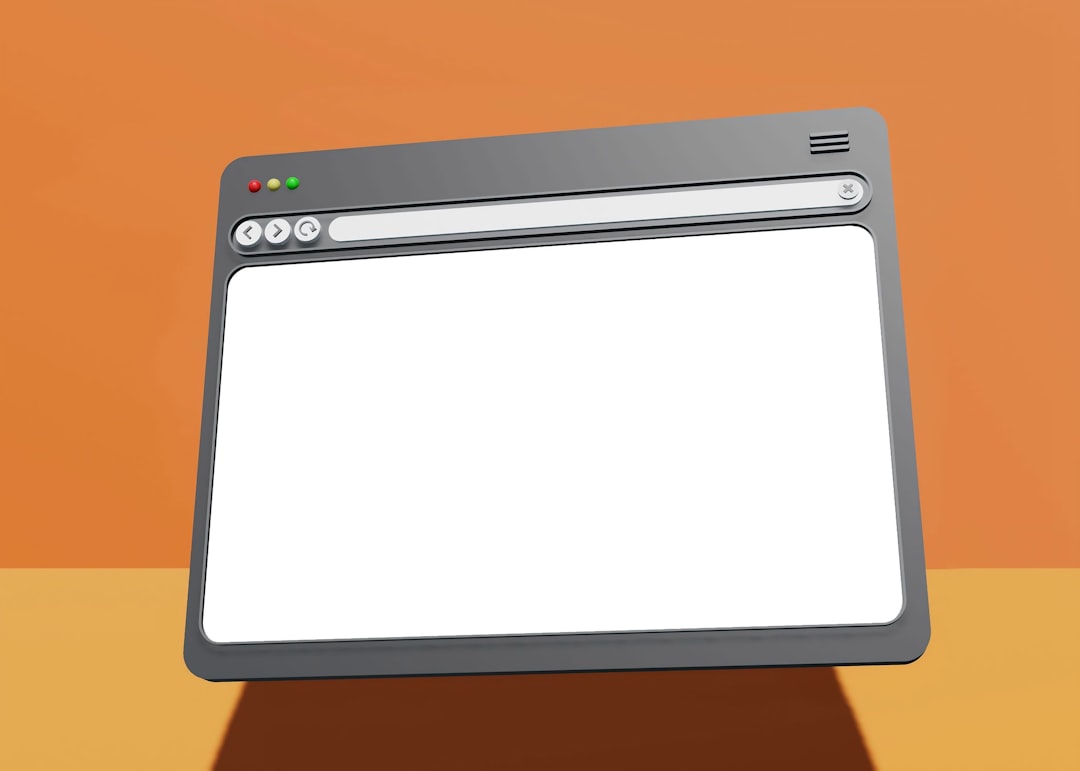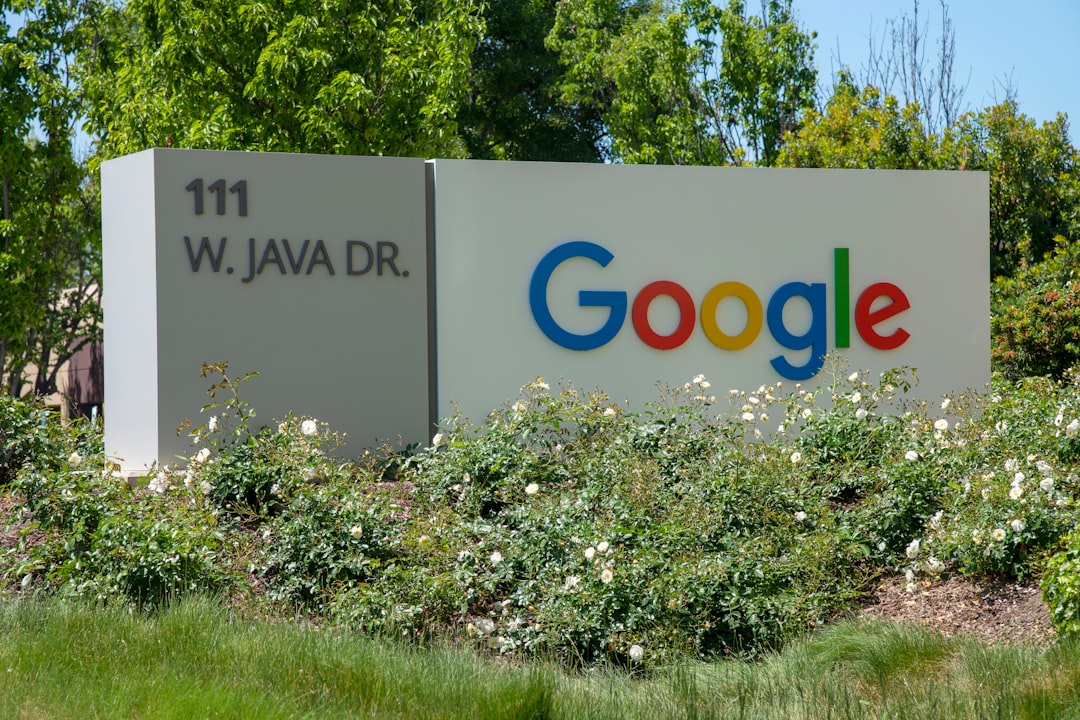Modern web browsers have evolved constantly to improve both usability and security. One noteworthy development in recent years is the decision by some browser vendors to hide full page paths from the address bar. Instead of showing the entire URL, browsers like Google Chrome sometimes only display the domain name, with the rest of the path hidden unless the user manually clicks the address bar. This nuanced change has sparked significant debate among developers, cybersecurity experts, and casual users alike. Is this design decision a win for cleaner design and enhanced security, or does it sacrifice too much in terms of user control and transparency? Let’s delve into the pros and cons of hiding page paths in the browser address bar.
What Is a Page Path?
Before examining the advantages and disadvantages, it’s important to understand what is meant by a “page path.” A typical URL looks like this:
https://example.com/products/shoes/running
Here, https:// is the protocol, example.com is the domain, and /products/shoes/running is the path. When modern browsers choose to hide page paths, they show only the domain — example.com — in the address bar unless the user interacts with it.

Pros of Hiding Page Paths
There are several reasons why this feature has been implemented and defended by browser developers. Here are some of the main advantages:
- Improved Aesthetic and Simplicity
Hiding the path declutters the browser interface, presenting a cleaner and more user-friendly design. For casual users who aren’t interested in the hierarchical or technical structure of a website, this can make the experience feel more modern and focused. - Enhanced Security Awareness
By prominently displaying just the domain, browsers emphasize the origin of the webpage. This helps users more easily identify phishing sites or spoofed domains, potentially improving online safety when people are conditioned to verify the core domain rather than being distracted by a legitimate-looking path. - Consistency Across Devices
On mobile devices with limited screen space, long URLs can be awkward or unreadable. Hiding the path enables a consistent and concise display across desktops, tablets, and mobile phones. - Reduces Obfuscation by Malicious Sites
Some malicious actors craft convincing-looking paths that resemble legitimate sites (e.g., example.com/login/microsoft.com/verify). By hiding these paths by default, browsers put the emphasis back on the actual domain, where such tricks become more obvious.
Cons of Hiding Page Paths
Despite the benefits outlined above, this design decision has drawn criticism from many in the tech community. Here are some of the more serious drawbacks:
- Reduced Transparency
Power users and developers often rely on full URLs for debugging, bookmarking, or sharing. Hiding the path creates an additional hurdle, requiring manual interaction to view or copy the entire URL. - Obstructs User Awareness of Website Structure
Paths offer valuable context about where a user is on a website. For example, a user might find themselves deep in documentation, shopping categories, or support articles. Seeing the path helps orient users, making navigation more intuitive. - Potential for Confusion in Multi-Page Environments
In workflows involving multiple tabs or sessions, particularly in professional or academic settings, seeing only the domain may make it difficult to distinguish between different pages open from the same site. - Barriers to Learning and Education
For students learning about web development or cybersecurity, seeing full URLs is an essential part of the educational process. Automatically hiding paths impedes their learning by abstracting away key pieces of the puzzle.

Impact on Web Development and SEO
From a technical perspective, the move to hide URLs adds complexity to an already intricate digital landscape:
- Debugging Complexity
Developers trying to diagnose problems often rely on full URLs to understand request paths, parameters, and resource identifiers. Hiding paths shortens the feedback loop and may require more deliberate steps to access what was previously always visible. - SEO Analysis and Copying Links
Full URLs are essential for search engine optimization, analytics tracking, and A/B testing. If users struggle to easily copy or recognize specific URLs, it can disrupt how content is shared and indexed.
Moreover, platform-specific campaigns or UTM-tagged links are often used in marketing efforts. Hiding these distracts from transparency and can make users wary of what they’re clicking on, even if it’s legitimate.
Public and Industry Reaction
The rollout of hidden paths has not gone unnoticed. Tech forums, browser plugins, and GitHub repositories have emerged that aim to restore full URL visibility. Chrome’s decision led to backlash from developers, with many accusing big tech companies of “dumbing down” the internet. Others believe it’s a step toward consolidating more control within browser vendors at the expense of open web values.
However, some user behavior studies show that average users don’t benefit from seeing the full URL and that security is generally enhanced when attention is focused on validating the domain name.
The Middle Ground: Customizable Options
A potential compromise is allowing users to choose their preferred display setting. Some browsers offer options in about:flags or settings menus to always show full URLs. While this addresses developer concerns, it may not be enough for all users, especially if these settings are hidden behind advanced configuration panels.
There’s also a growing demand for user-centric browser design, where visibility, transparency, and optional granularity are prioritized. Giving users meaningful choices respects both tech-savvy users and those who merely want a streamlined experience.
Conclusion: Balancing Usability and Control
Hiding page paths in the address bar reflects a broader philosophical divide in software development: should tools be designed for the lowest common denominator or should they remain fully featured for all types of users?
There’s no one-size-fits-all answer. While hiding paths can help protect users from phishing and reduce confusion for less technical individuals, it also limits the information available to those who understand how to use it. As with many tech decisions, the best approach may lie in offering flexibility — simplifying when appropriate but allowing full disclosure when requested.
Ultimately, user awareness and education still play a vital role in internet safety. Browser design should assist, not hinder, that education.
Staying informed about browser updates, examining settings, and choosing tools that respect user choice remain the best ways for individuals and organizations to navigate an increasingly abstracted web landscape.

